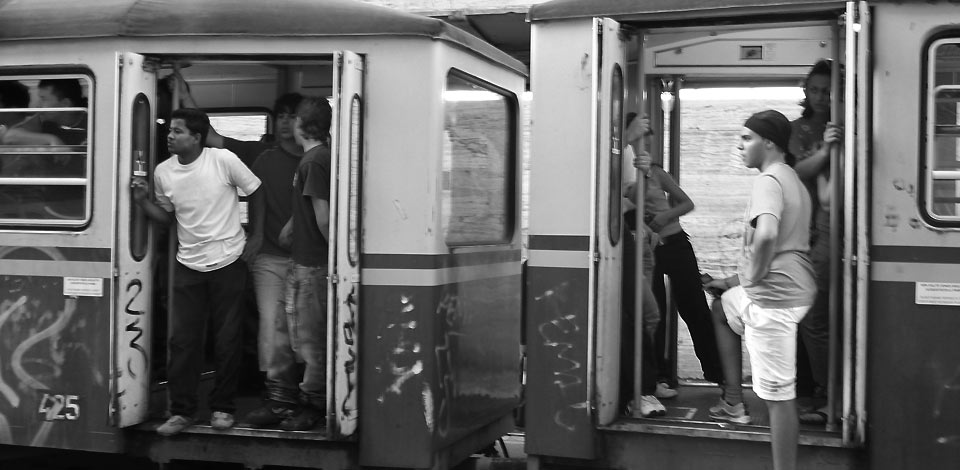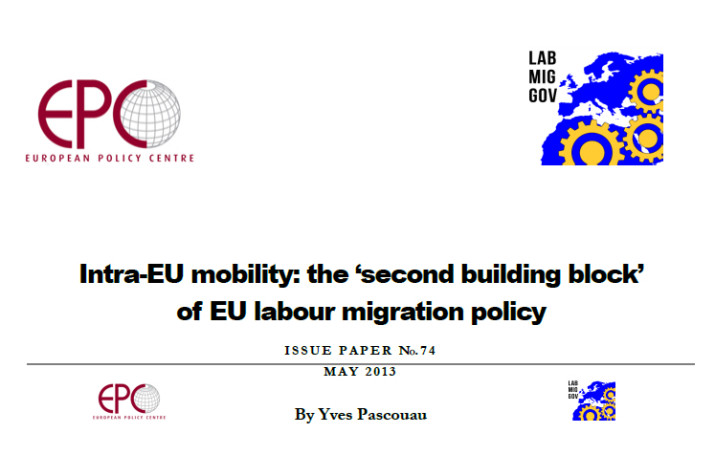Since 1999, EU labour migration has remained a field in which member states have proven to be reluctant to adopt common rules, thus neglecting to develop a sound and comprehensive EU labour migration policy. This situation is not satisfactory given forthcoming demographic and economic challenges which call for a rethink of an EU-wide migration policy, addressing the issue of common admission rules in the framework of the Single European Labour Market. However, current economic difficulties and the ‘populist’ political climate hamper the ability to take this step further. As a result, EU labour migration policy is stuck between what already exists – which we can call the ‘first building block’ – and what is needed in order to overcome future challenges – which we propose to conceptualise as the ‘third building block’ – but which will not be put in motion now due to the economic and political climate.
In between is the ‘second building block‘, i.e. what is feasible and politically-acceptable to develop in the short term. This Issue Paper by Yves Pascouau argues that, for the time being, the only opportunity to move ahead is based on the development of intra-EU mobility facilities for migrant workers already residing in the member states. On the basis of this, Pascouau explores how intra-EU mobility could be improved at EU level. He first analyses the existing intra-EU mobility rules and concludes that the right to freedom of movement is awarded to limited categories of third-country nationals and under different regimes which do not make mobility attractive. The paper then proposes solutions to enhance intra-EU mobility for migrant workers that already reside in the EU.
Download LABMIGGOV Website







